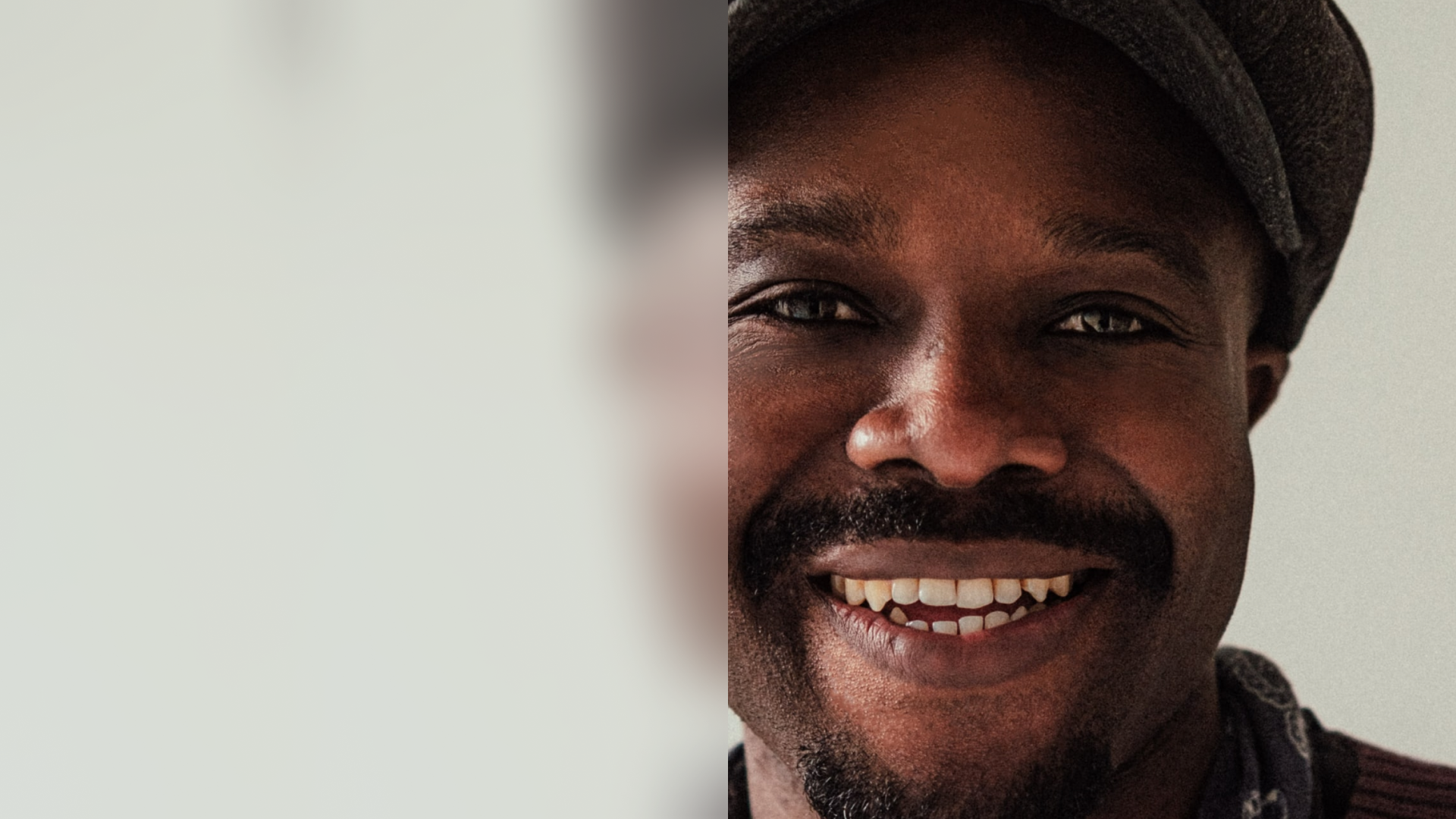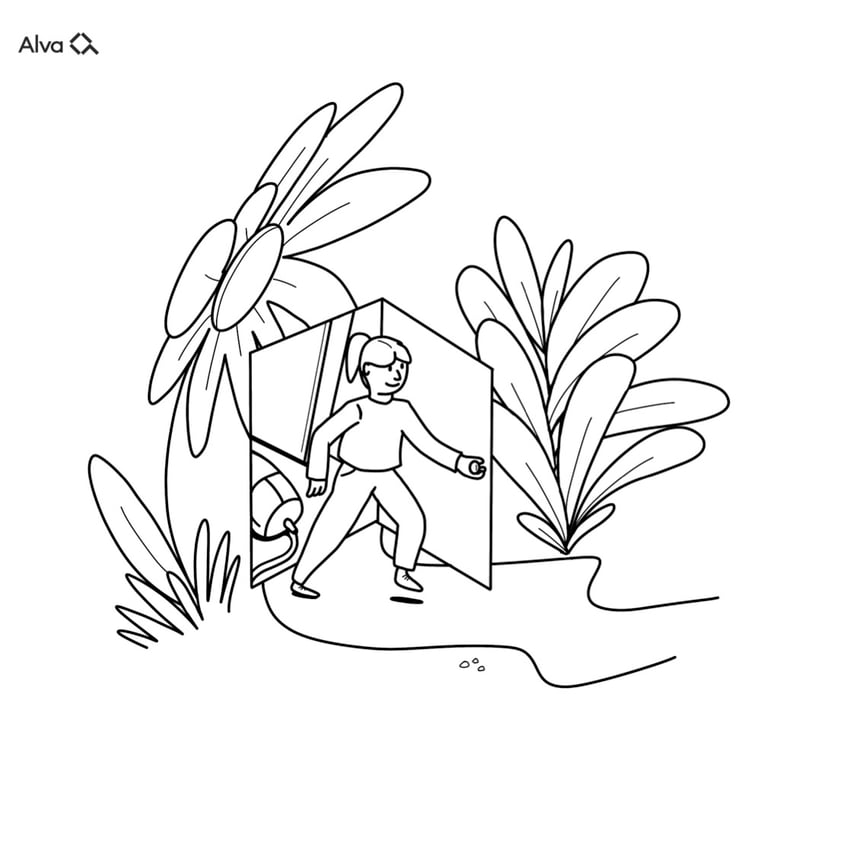Roles that are particularly affected by burnout are, unsurprisingly, the front line staff who have carried the burden of care during the pandemic: medical staff, store workers, teachers, delivery drivers. But the AMA’s report covered diverse workforces, including those who did not have to face the hardships of frontline work. We are all feeling more stress, many of us are grieving.
We are all living through a period of Ambiguous Loss.
From covid to climate change and the future of work where one-third of our jobs are predicted to become obsolete and what the metaverse could be, we’re having to comprehend a lost world whilst living in the present world and trying to still trying to live our lives, care for our loved ones and perform at work. Understanding the challenges to a settled mind can no longer be seen as a ‘nice-to-have’: it’s essential for the performance and humanity of our people.
The cost of burnout
Forbes lists the cost of burnout at anything between US$120 billion and US$190 billion, the World Health Organisation regards it as a diagnosable condition, listing it in its International Classification of Disorders, the manual used by clinicians to identify diseases. Though the American Psychiatric Association has not yet added burnout to its official manual, they have a working group to assess its significance - so it’s on their radar.
The history of CWOs
CWOs aren’t new; Fast Company reported on their rise in 2009, major corporates such as Deloitte have had a CWO since 2015, and American hospital settings since 2019. But their adoption in smaller, non clinical settings and workplaces is rapidly evolving in response to many of the psychological effects of the pandemic.
The 6 requests a CWO should hear
A CWO is a bridge between the C-Suite, where decisions often have a single, financial bottom line, and the core needs of the workforce; the New England Journal of Medicine Catalyst reports that “Stanford and Mount Sinai investigators identified six requests of health care professionals:
"hear me, protect me, prepare me, support me, care for me, and honour me.”
This 6- stage model arguably communicates the core responsibility of a CWO: recognise that every person, at every level in your organisation, is a human who must be recognised and cared for. And, as we know from the wildly popular Ester Perel podcast “How’s Work?”, everyone brings their emotional and relational lives to work.
Wellbeing in a time of crisis can prevent longer term negative effects. A CWO knows that prevention is better than cure.
The responsibilities of a CWO
A CWO needs to balance both the bottom line and rolling out organisation wide policy changes that can help and support individuals to improve wellbeing.
These can thought of as:
- Leading company-wide action to prevent burn-out
- Driving strategies and tactics to change behaviours
- Building strategic partnerships
- Advocating for staff when short-sighted changes in policy are suggested
HR has traditionally led these strategies, but a professional who has a clinical or wellbeing background might be more able to leverage robust figures and statistics to protect staff from short-sighted measures. With HR needing to direct attention to retention and acquisition, the roles are connected, but, preferably, distinct.
The core skills of a CWO
A Chief Wellbeing Officer understands the holistic nature of their role; more than mandating policies, the officer needs to understand the structural changes that might need to be made to company culture, how to communicate the changes and how both success and progress will be measured.
The importance of the CWO providing support to leaders and preparing them to effectively lead their teams through crises cannot be overemphasised.
With hybrid work gaining popularity, for example, we’ve covered the shocking statistic that people who work from home are 50% less likely to receive promotion, zoom burnout persists, and diversity rollbacks. With uncertainty around the climate and the future of work only increasing, a CWO can help to support workforces through times of continual change.
CWOs and leadership
Assertive leadership is a core skill for a successful CWO; whilst their mandate could be mistaken as ‘soft’, CWOs with a clinical background are able to communicate evidenced and strategic pathways based developments in scientific, clinical and psychological research.
In addition to having mastery around the therapeutic and productivity benefits of Wellbeing, a CWO talks C-Suite language.
However, if unpopular or controversial changes are needed, a CWO can communicate with staff about why and when changes need to be made, how risk will be mitigated, and ways forward.
Clear Communication and CWOs
CWOs in clinical settings during the height of the pandemic found that internal communication became one of the most important parts of their job: “In one organization, the CWO was a member of the daily Emergency Management and Covid-19 Communications Teams … [to] support messaging, and information to access a central call line for emotional and other support and to ask questions.”
Most of our workplaces don’t present the challenges of hospitals during a pandemic, but clear communication of expectations, boundaries and benefits is core to a thriving workplace. A CWO should be able to work across the C-Suite to develop, share, finance and communicate policies and information:
- Marketing: create and share employee surveys, develop comprehensive repositories, such as charts or websites to collate and disseminate mental health and well-being resources
- Ops: how to cascade information in a timely manner and avoid costly duplication of effort
- Partnerships: build cost-effective and targeted partnerships
- Finance: justifying costs, and, if appropriate, helping provide basic needs in a time of crisis
- HR: balancing Wellbeing policies, understand the make-up of the workforce and what work-related problems might create problems (e.g., shift work, RSI, isolation), measure impacts on retention and performance
CWO vs. CHRO - same difference?
CWOs and CHROs have similar remits: knowing how to nurture every person in a business, to enable targets to be met without sacrificing the individual's dignity or wellbeing.
HR policies can and should speak to wellbeing, but HR responsibilities lead recruitment, talent acquisition and helping a business meet its targets; increasingly HR leaders are bringing Business Development and Strategy into their forecasts for staffing needs, assessing churn.
HR cannot tend to every human need in an organisation.
A CWO can drive existing services further, leverage and open the door to other services, spur meaningful innovation, and provide an evidence-based approach to meet wellness needs. This is - and should be - distinct from HR. There is crossover with helping to reduce sickness, bad morale and retention, but a CWO will be bringing a health or clinical background, rather than a ‘people’ background.
Clinical Expertise in a CWO
As such, clinical expertise is helpful in a CWO, and this can come from nursing, physician or clinical psychology. Whatever the background, what matters is confidence with data, discussing the interplay of environment, stressors, brain and body within the work setting. With many medical professionals leaving frontline work, there is likely to be a good market for brilliant staff.
A CWO should be able to understand how policies will impact employee performance, and, ultimately, make their workforce healthier and happier in a sustainable way. As with other C-Suite roles, the CWO should also be able to understand the financial imperative of Wellbeing policies and implement company-wide culture change.
When there’s no scope for Chief Wellness Officer
Every company would benefit from having a Chief Wellbeing Officer, whose sole responsibility is to care for the physical and mental wellbeing of the workforce. But not every business has the capacity - or the will - to pay for another C Suite position.
The challenge is to avoid the responsibility for Wellbeing to become an additional burden to HR.
HR are the ‘people people’, but we can’t invent hours in the day. There’s no point in over-working HR to burnout in the name of avoiding burnout.
- look ahead at your strategies and plans for the year ahead: can positions be shifted?
- What talent do you have in-house?
- If you’ve worked with psychometrics before, are you able to see people whose personalities and skills put them in line to work with change and transformation?
- Can you work with them to alter their responsibilities in a way that enables them to take on the new responsibilities and outputs, which ones to delegate elsewhere?
What is the Big Five Model for a CWO?
By understanding the core personality types that drive success from day one, as HR leaders we’re more able to maximise the potential of every hire. So, if you’re hiring for a CWO or looking for the right person to adopt some of their responsibilities, here’s how to understand who could have the right potential to grow into the role:
Openness - moderate and not significant (being alive to new ideas is important, but not highly significant)
Conscientiousness - high (this is a C-Suite role balancing multiple stakeholders and departments; as such, high levels of C are essential)
Extraversion - moderate and not significant (assertiveness is important given that it’s a C suite position, but also a bit of sociability since this should probably be a person who enjoys talking to others)
Agreeableness - moderate but significant (we need someone who can talk about difficult policies, findings, demands and needs)
Emotional Stability - moderate (this is a demanding job, where we can learn much about people’s pains, so stability is important)
A CWO knows what it takes to create a truly successful workplace culture; one that fosters healthy relationships, encourages openness, and allows its people – and ultimately the business – to thrive. Because as we enter a future where people are more attuned to their own needs, forward-thinking employers will be honing in on those needs, too. Moving to a model of prevention rather than cure, we can build workplaces where our people are heard, protected, supported, cared for and honoured.






